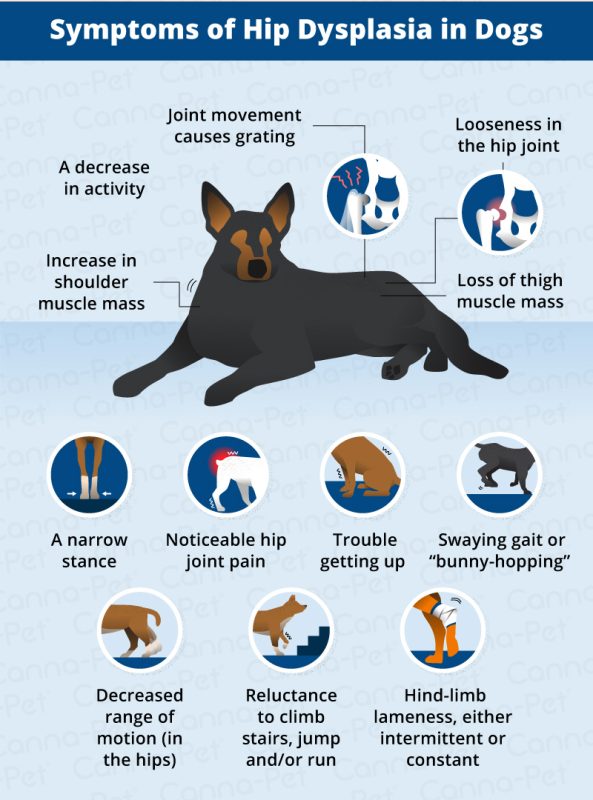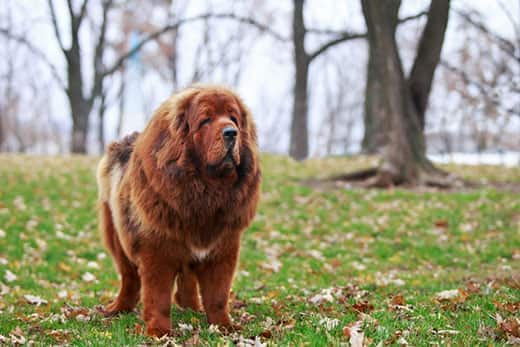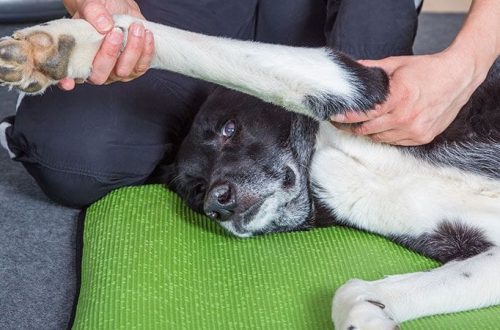
Hip Dysplasia in Dogs: Symptoms and Treatment
Some dog owners confuse hip dysplasia with arthritis. However, unlike arthritis, hip dysplasia develops in young dogs. How does hip dysplasia manifest in dogs?
Contents
What is hip dysplasia in dogs
Hip dysplasia develops in dogs during the juvenile growth phase and is a consequence of deformity of the hip joint. According to the College of Veterinary Medicine at Cornell University, this condition is the most common orthopedic condition in medium to large breed dogs. It occurs with a frequency of 70%, especially in some purebred dogs.
In pets with hip dysplasia, individual parts of the hip grow at different rates. This leads to instability in movement and weakening. The result is excessive movement of the joint and abnormal friction of the bones, which over time causes pain and even minor fractures.
Signs of hip dysplasia in dogs
One of the first signs of hip dysplasia in a dog is its reluctance to get up from a sitting or lying position. This behavior can be seen in puppies as young as a few months old, but is most common in dogs under two years of age.
Lameness due to hip dysplasia in dogs is usually chronic and slowly progressive. But it is not always the main symptom of the disease. Instead, a four-legged friend may show signs such as exercise intolerance or weakness. When examining the hip, the veterinarian will look for signs of pain or resistance to pressure.
If the dog’s lameness starts suddenly, progresses quickly, or is severe, if it cannot walk normally on its hind legs, or if it has an uncoordinated gait, it is most likely not hip dysplasia
Causes of Hip Dysplasia in Dogs
As the American College of Veterinary Surgeons explains, there are two main causes of hip dysplasia in dogs: genetics and nutrition. And if genetics determines the likelihood of hip dysplasia, then eating foods high in calcium or calories plays a role in the development of this condition.
While hip dysplasia can affect any dog, it is more common in larger breeds such as German Shepherds, St. Bernards, Mastiffs, Rottweilers, Labradors, Golden Retrievers, Old English Shepherds, and Bulldogs. Mixed breeds are also at risk.
If your family has a medium, large, or giant breed puppy, you can reduce your risk of developing this disease by eating a balanced puppy food that is formulated specifically for large breeds.
In addition, it is necessary to ensure that during the first year of life, the four-legged friend does not gain weight too quickly. The type of food should be discussed with a veterinarian.

Diagnosis of hip dysplasia in dogs
Your veterinarian will likely check your dog for hip dysplasia during routine checkups. The doctor will usually observe the dog’s gait and examine it for signs of pain.
Since this violation can lead to atrophy of the thigh muscles, in case of suspicion, he may prescribe an x-ray
How to Treat Hip Dysplasia in Dogs
Non-steroidal anti-inflammatory drugs may help pets with minimal damage. Most veterinarians also recommend over-the-counter joint supplements containing glucosamine and chondroitin sulfate.
Be sure to ask your doctor about foods specifically formulated to promote joint health and mobility. They contain many of the same joint health nutrients as these supplements.
If the dog is overweight, you must immediately draw up a weight loss program. Reducing stress on the joints and friction will improve mobility and provide the dog with additional comfort.
Your veterinarian will help determine the best method. It will definitely include the right diet, including the option of switching to dog food specifically formulated to help the dog reach normal weight. Also, the list of recommendations will include exercises if the pet can withstand the load on the hip joints.
In case of serious disorders, surgery for hip dysplasia in dogs may be the most effective option. The most common surgical procedures are total hip replacement and femoral head ostectomy.
Your veterinarian will help you choose the best procedure and, if necessary, refer you to a certified veterinary surgeon.
There are also many new alternative therapies. Biological therapies, including platelet-rich plasma and stem cell treatments, are available today in some veterinary clinics. Many dog owners and veterinarians find that these therapeutics provide temporary relief, albeit to varying degrees.
Acupuncture and laser therapy are also popular complementary treatments. The specialist will help determine the best course of treatment, taking into account the condition of the animal.
At the slightest suspicion of hip dysplasia in a pet, you should immediately go to the veterinarian and examine your four-legged friend.





